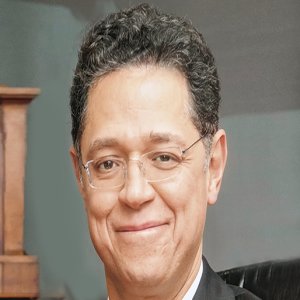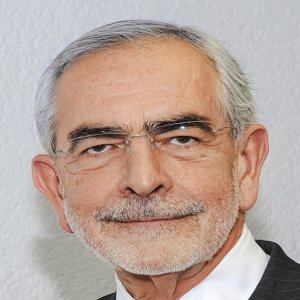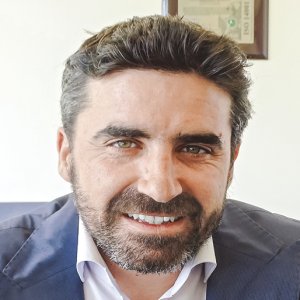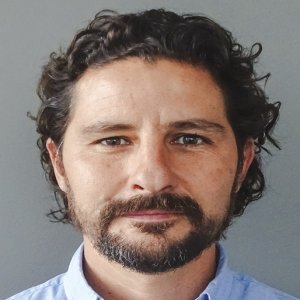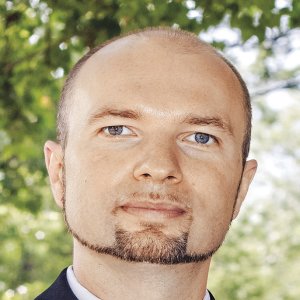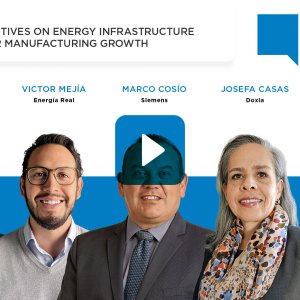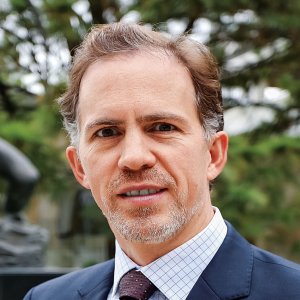New Agency Shoots for Energy Independence

STORY INLINE POST
Q: What drove Jalisco to create its own Energy Agency?
A: While planning the state’s energy strategy the government supported the proposal of the Environment Ministry, the Innovation, Science and Technology Ministry and the Economic Development Ministry to have a multidimensional Energy Agency to address Jalisco’s energy consumption. The state is the fourth largest electricity consumer in the country but it does not produce all the energy it consumes. We decided to research and analyze international energy policies, especially from California, and eventually agreed to create the Energy Agency as a decentralized public organization. This agency will promote a transition to higher levels of power production so we can generate between 35 and 50 percent of the energy we consume. We are also investing in energy efficiency through PPP agreements where the main focus will be to develop and boost local business. The last significant objective for the agency will be technological innovation. Strategic alliances will be another main element of the agency’s brief, beyond the state’s business players such as Jalisco’s Industrial Chambers Council (CCIJ) and business clusters. We are carefully crafting alliances with international institutions, such as memorandums of understanding between California’s Energy Commission and some Canadian provinces, and agreements with the governments of Israel, Germany and Catalonia.
Q: How is the Energy Reform contributing to Jalisco’s energy ambitions?
A: The Energy Reform represents an important opportunity to boost clean and renewable energy production. Jalisco has been dependent on power from other states because it has neither oil resources nor large water bodies to facilitate hydropower production. But the state has vast solar resources, offering 297 days per year of optimal sun irradiation, as well as wind and geothermal potential in areas such as Jalisco’s highlands, the coast and the north of the state.
Q: What will be the main initiatives resulting from the agency’s work?
A: The main highlights will be the construction of a technological innovation center, our clean energy investment portfolio, a metropolitan energy-efficiency program and the creation of an energy cluster in Jalisco. We have emphasized the need to have baselines for greenhouse gas emissions so we can track the changes. We are working on a project for the rational and efficient use of energy, a carbon management plan and promotion of clean energies within the public administration. We have already partnered with Grupo Dragón for a project that is supplying clean energy to the government’s facilities, reducing our greenhouse gas emissions by 63 percent.
Q: How does Jalisco support private companies willing to invest in clean energy projects in the state?
A: Next month we will have a workshop with the German Cooperation Agency (GIZ), the Mexican Center for Environmental Law (CEMDA) and ETHOS, a public-policy thinktank, where the main focus will be how to promote PPPs. We already have the research to help us make the best decisions about which projects to support and which are the most competitive. We see the highest potential in PV solar and cogeneration, followed by wind and geothermal energy.
Q: What are the main goals for Jalisco’s Energy Agency in 2017?
A: We will publish our goals once the Energy Agency starts operations next year. The three agencies involved in this endeavor are working relentlessly to conclude the agenda with the support of specialized consulting firms. We seek to consolidate the opportunities resulting from the Energy Reform, including strengthening communication at the state, local and federal levels, bringing the private sector and society on board. The main challenge for Jalisco at this point is to start its energy transition process. We only produce around 8 percent of the energy we consume and increasing that percentage will be complicated, particularly as we are working to ensure that local communities are respected during the development of all energy projects.
